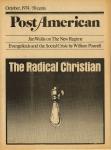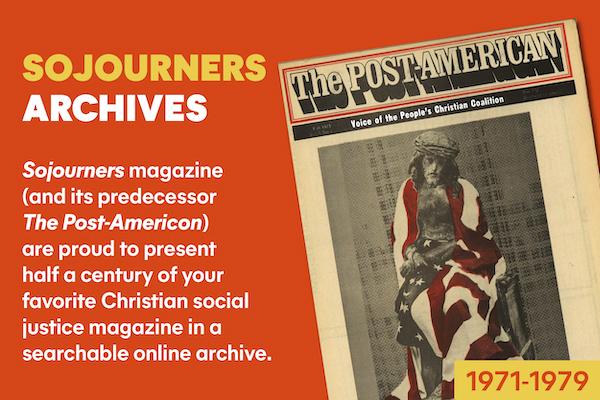At Christmas time the American consumer comes into his or her prime. Envision the typical consumer bundled up in coat and scarf, bustling from store to store, arms loaded with packages—a rather appealing image, at least the weather part of it, as I sit here in 90-degree weather. It’s so easy to get caught up in this yearly buying spree, even if only in a small way. Should we throw out gift-giving at Christmastime entirely? Maybe so. Maybe we should learn to give gifts just for love, not for a special occasion, not when it’s expected of us. But perhaps we can give more significance to the Christmas season by learning to give gifts that are meaningful.
The best way to do this is to give something that you have made. What you give, then, is more than just an object. It is part of yourself because it has involved your time and your creativity. NOW is the time to start thinking about what gifts to make this Christmas. If you’re like me, it’s crucial that you start on this right away. I’m a last-minute person—start thinking about gifts on December 15.
Are you stymied? No ideas what to make? Take a trip to the public library and spend some time looking through the section on crafts. Also, check through some magazines such as Family Circle or Women’s Day. These usually contain scores of ideas accompanied by pretty good instructions.
Plants are always nice gifts. A terrarium can be as simple or as complicated as you want to make it. Look over some nice ones in stores, read a good article or book on making terrariums, and then start. This is a good way to make use of an old fish tank you’ve been saving or old gallon wine bottles. Another good container, if you can find one, is what they supply bottled water in.
A new idea (or at least it’s new to me) is the bread basket that’s made out of woven bread dough. You’ll find them in good department stores if you haven’t seen one yet—and, incidentally, go for around $16. This is quite an inexpensive project—all you need is the dough, a bread pan to bake it on, and varnish with which to coat it.
Use old paper bags to make placemats. For each placemat, cut 50 strips of brown paper 1/2” by 16”. Weave these together. (Use 20 strips horizontally and 30 vertically.) Trim edges after you have woven the mat so that the proportions are approximately 10” by 15”. Several coats of varnish should complete this project.
There are endless numbers of things you can make that are both cheap and nice. I have my list all figured out. Now all I need is enough time to complete everything.
SAVE PAPER—or at least make good use of it. These suggestions come from Ed Laarman of
1. Save the plastic bag that store-bought bread comes in and reuse for packing sandwiches, etc.
2. Paper sandwich bags can be used over and over again.
3. Tin foil can often be used again. Carefully smooth it out, fold, and store until needed.
4. For the city dweller or other person who can’t have a compost pile, this is how to dispose of garbage without using plastic bags. Buy milk in cardboard cartons, rinse out the cartons when empty, and use them to dispose of garbage.
5. Save bags by telling the store clerk not to put your purchases in a bag (take your own shopping bag, knapsack, or whatever).
6. Use cloth napkins rather than paper ones.
7. Many companies use forms with built-in carbons. If you work at such a place, salvage the carbons for future use.
8. Never buy eggs in Styrofoam cartons (non- recyclable and non-biodegradable). Use cardboard cartons instead.
9. Save paper that is unused on one side for children to write on (or adults who happen to use a lot of paper, like me). This is especially helpful for people who work for companies bogged down with paper.
10. Save envelopes you receive in the mail. Open them up completely with a knife or letter opener. I use these perpetually for writing notes to myself or for grocery lists.

Got something to say about what you're reading? We value your feedback!
